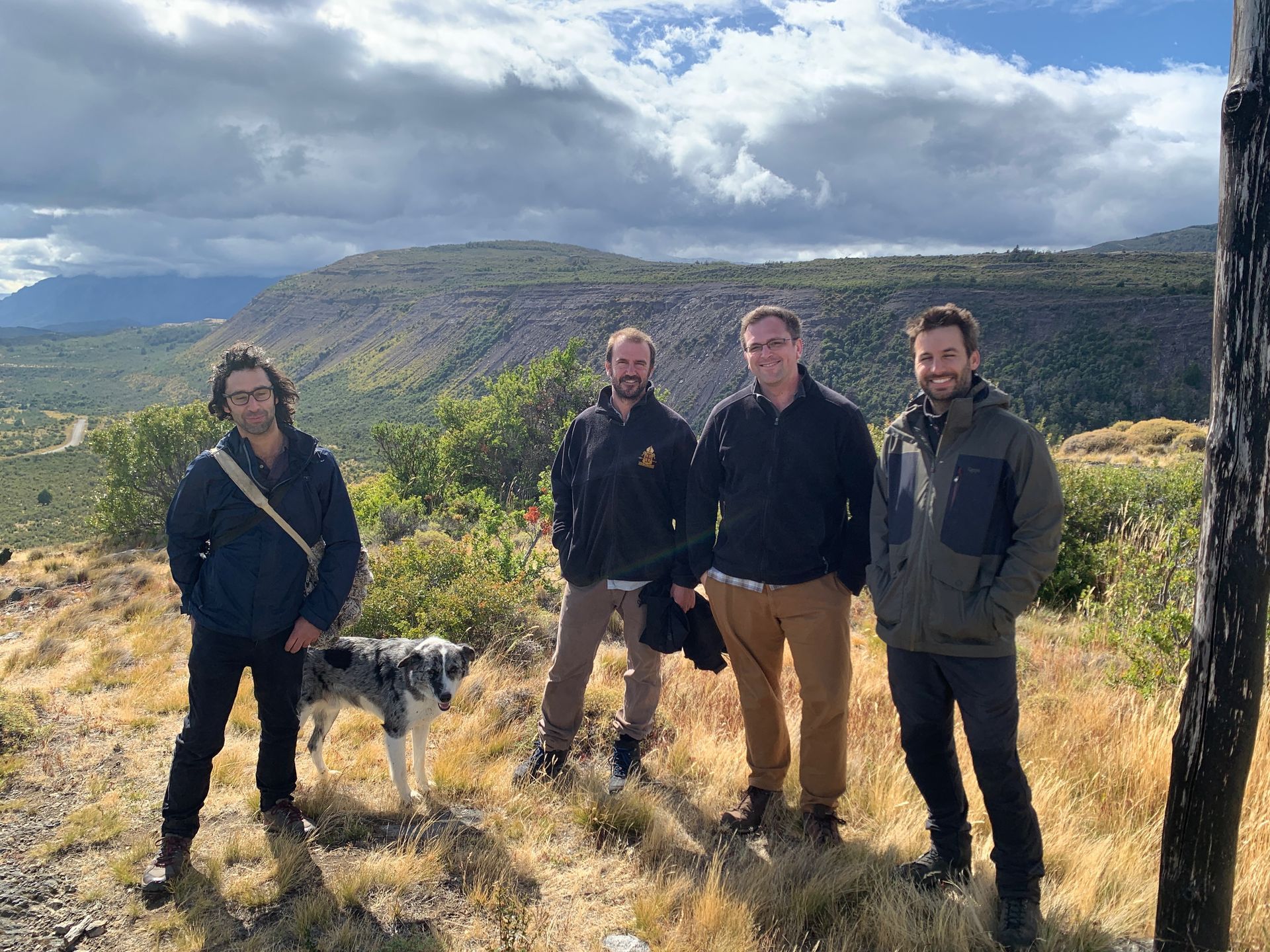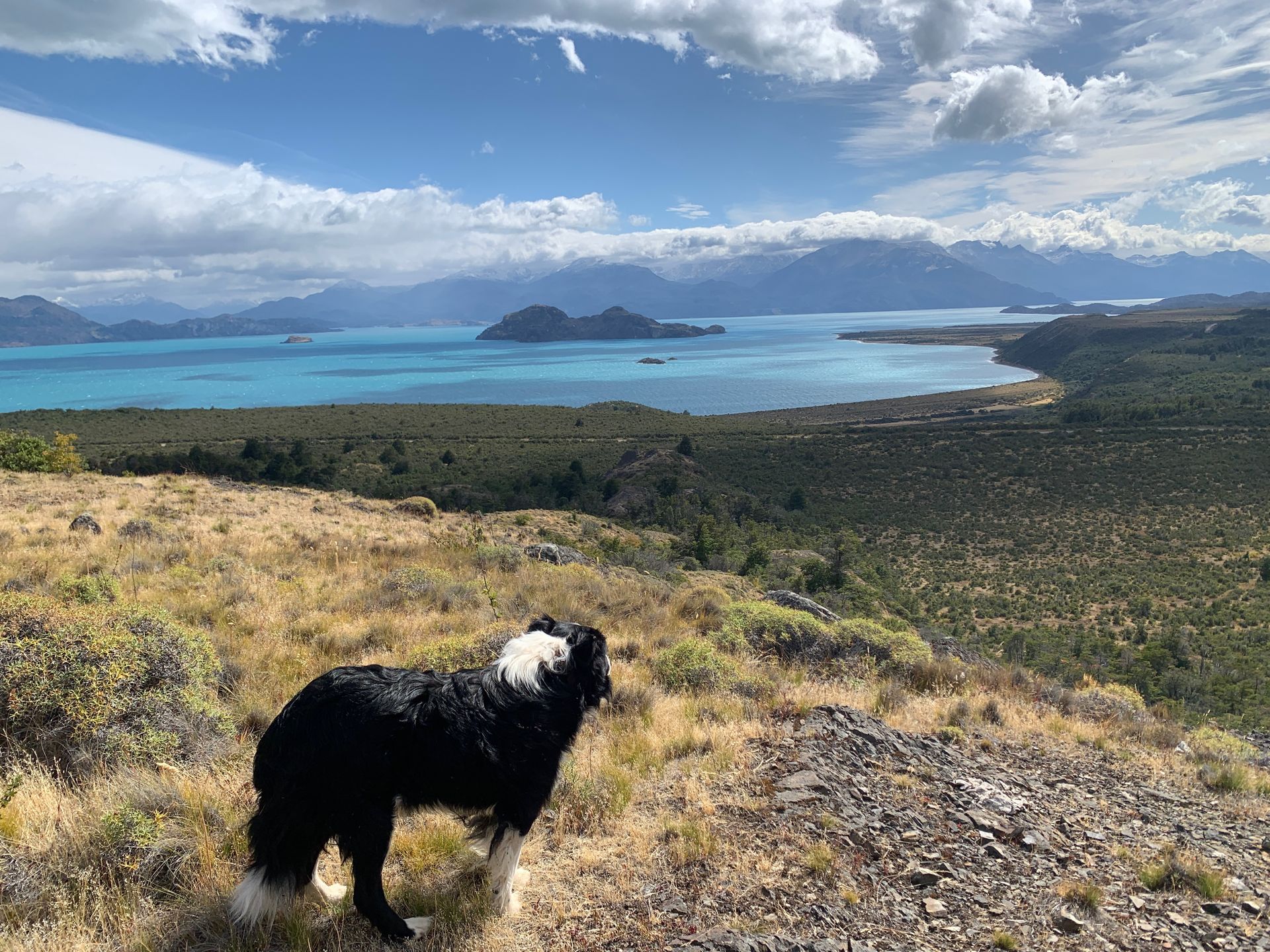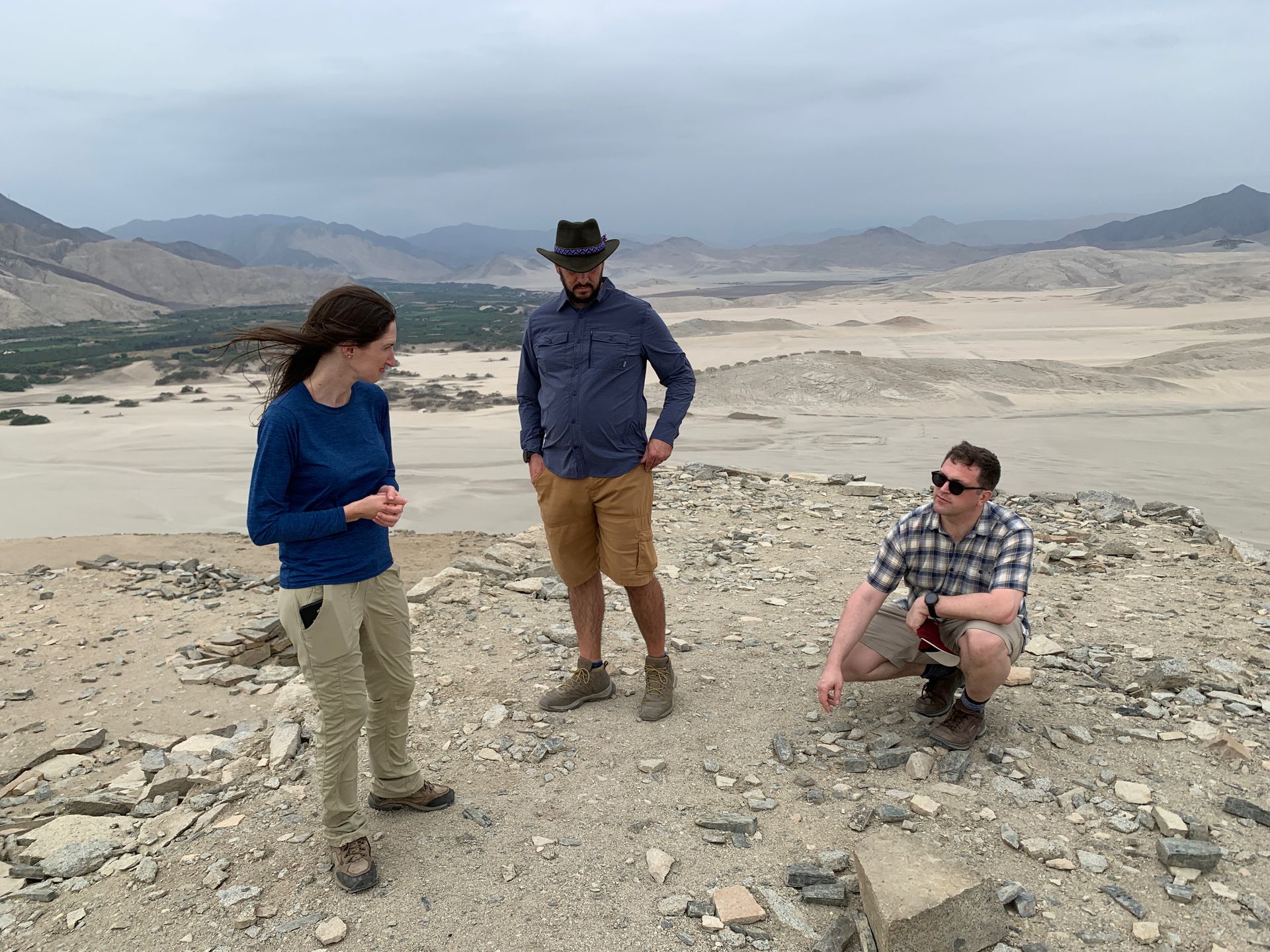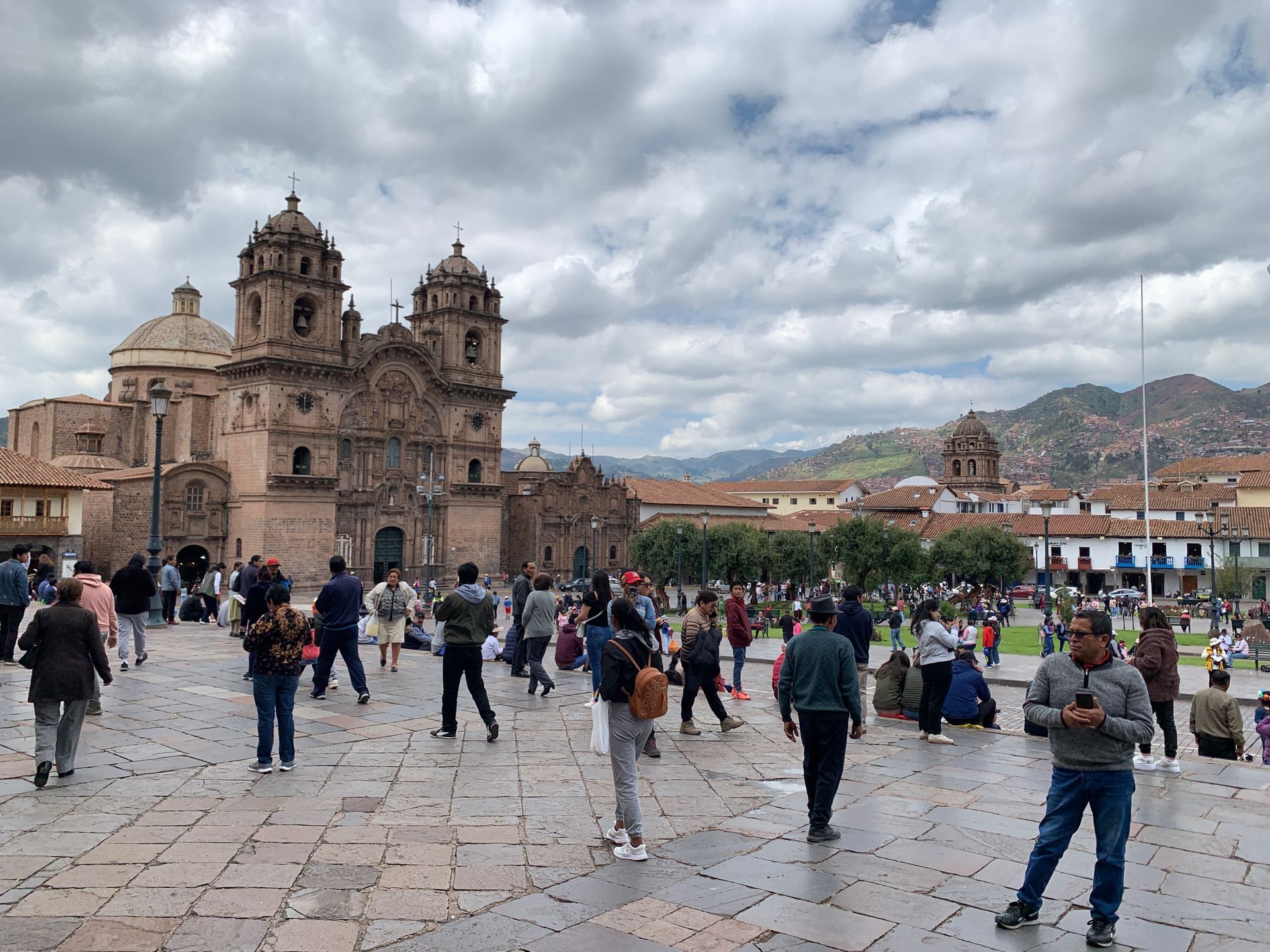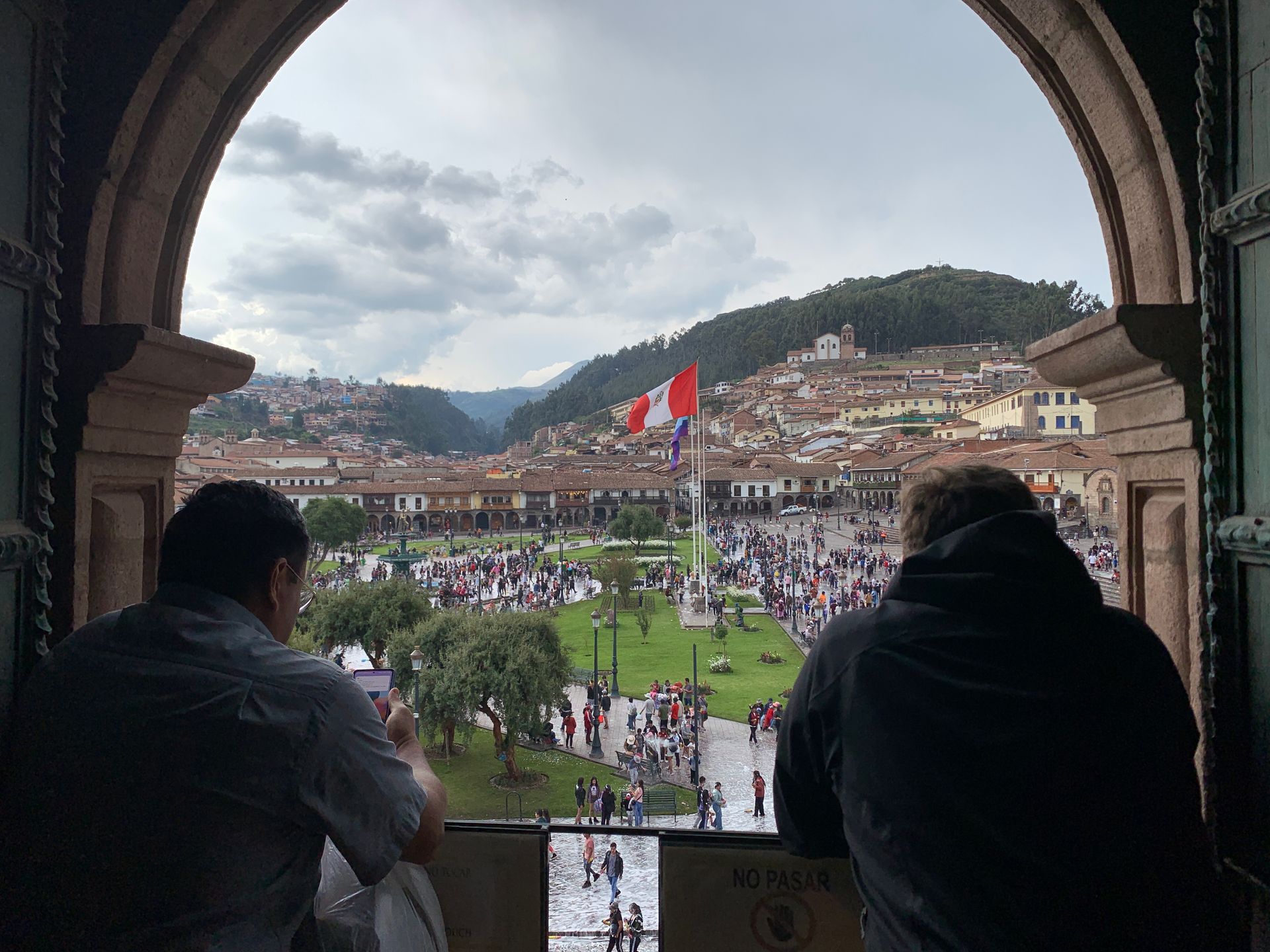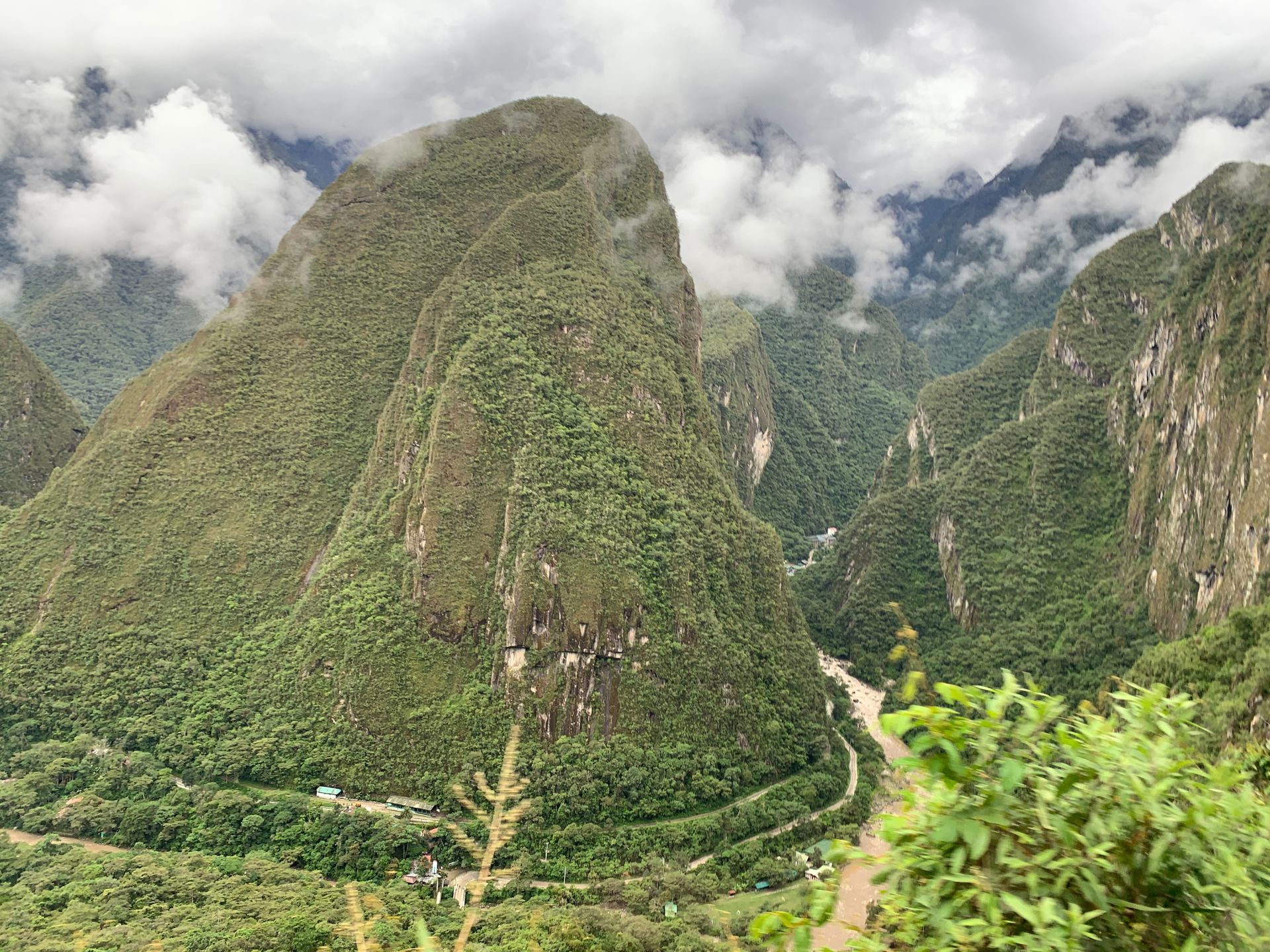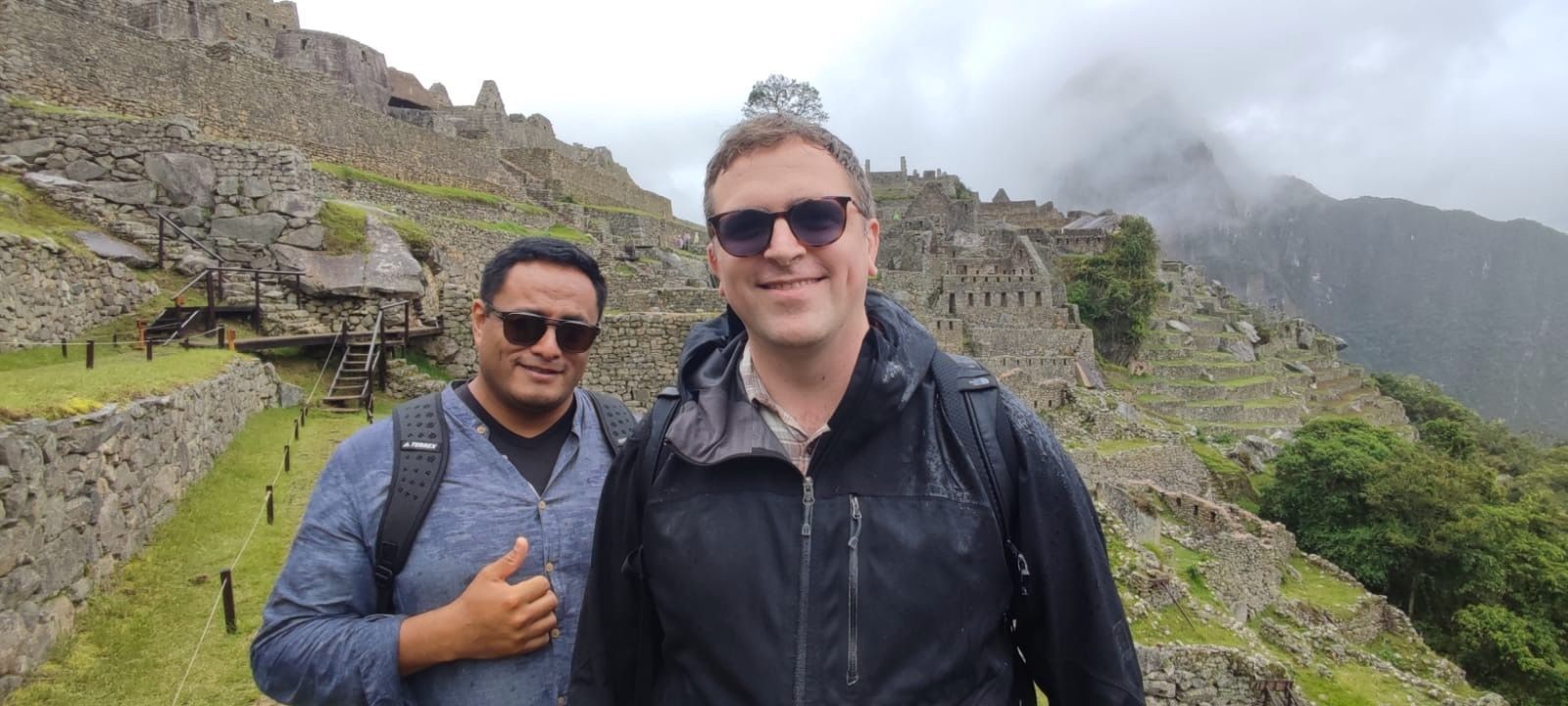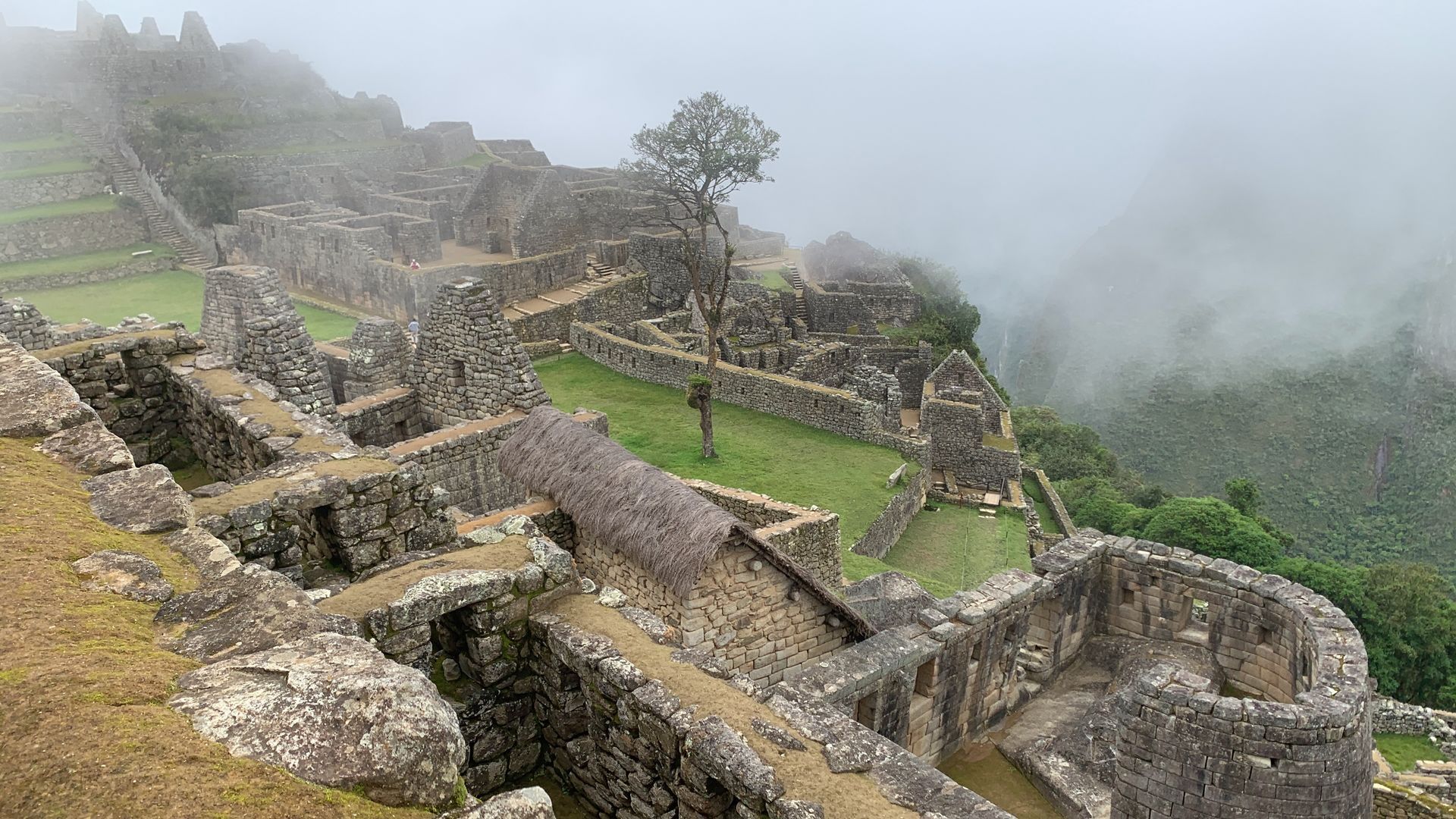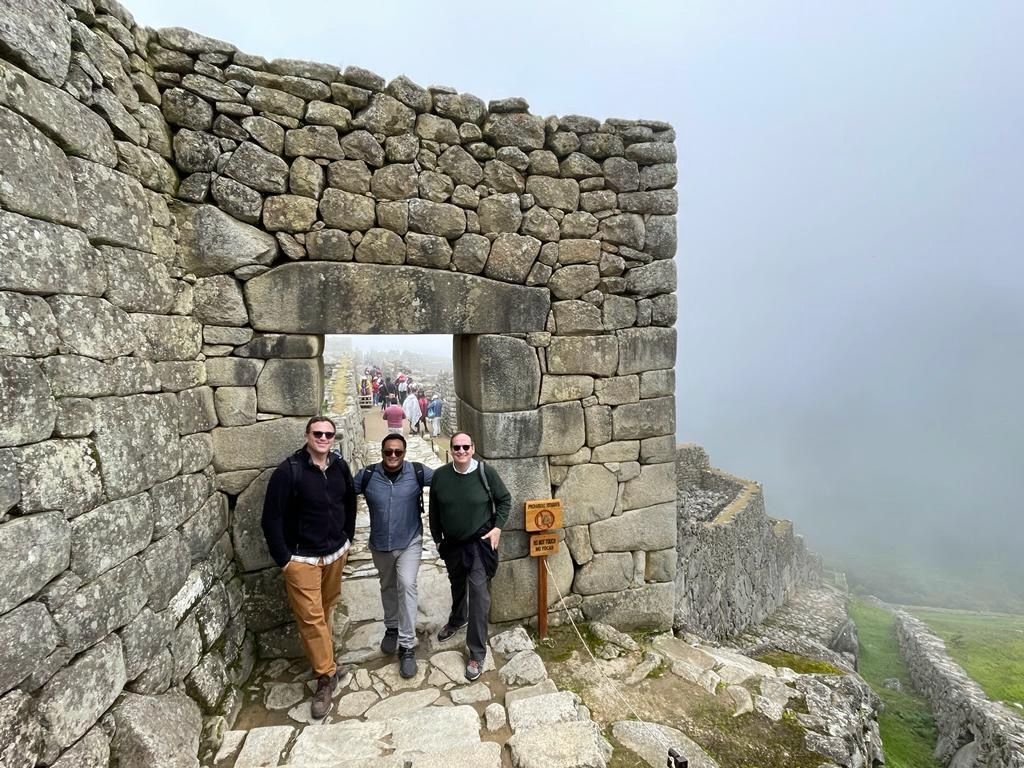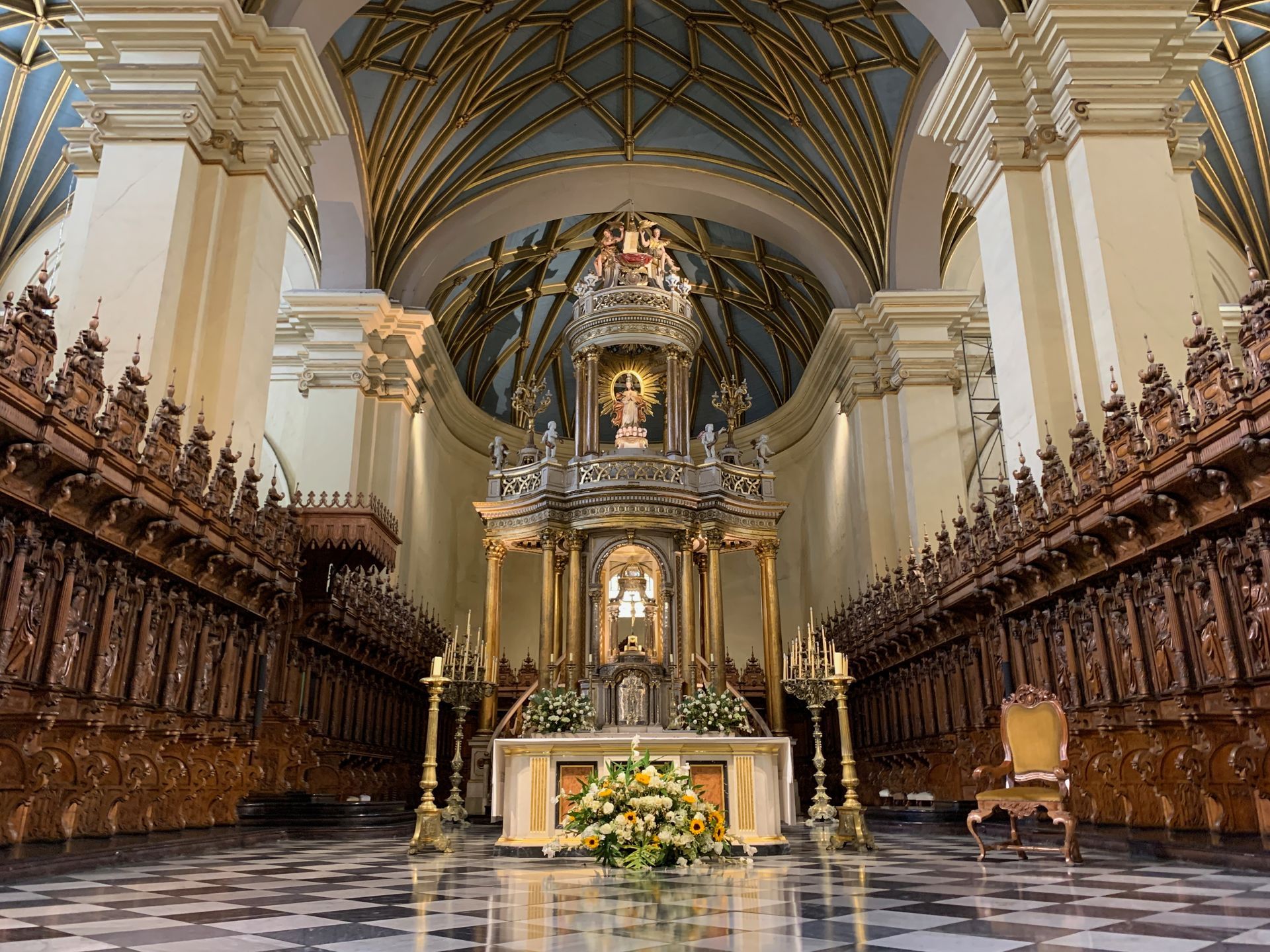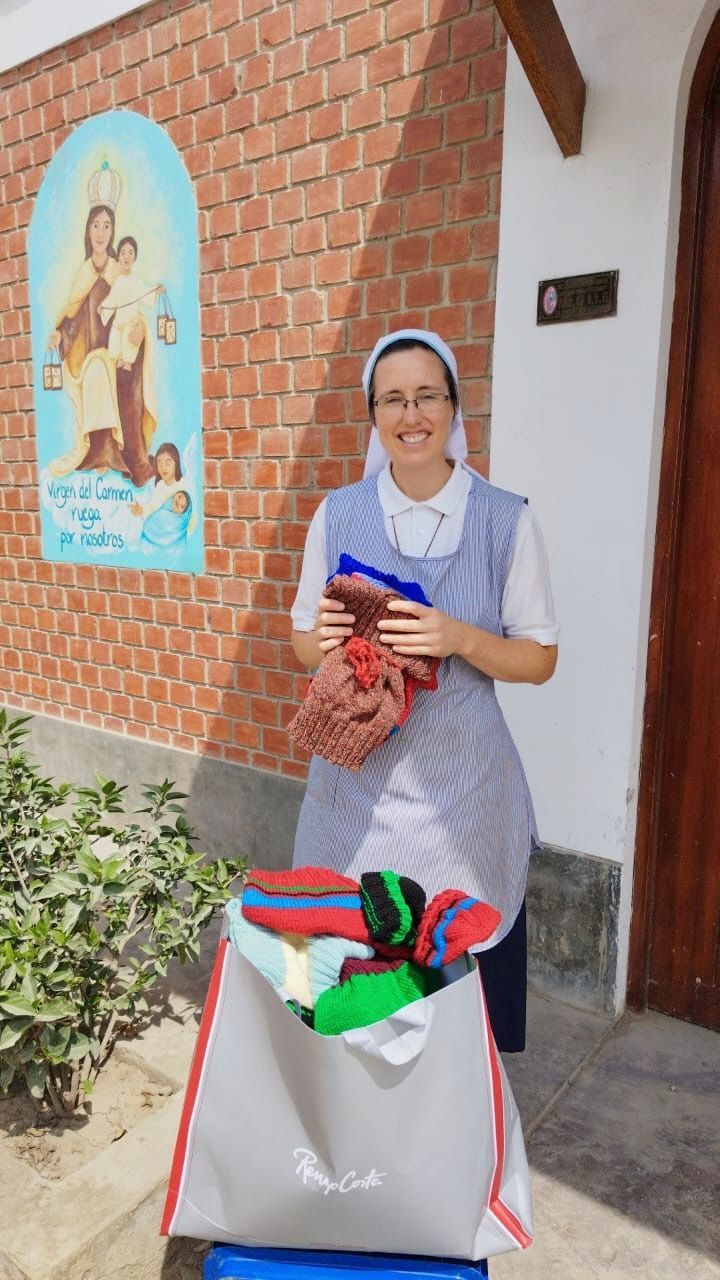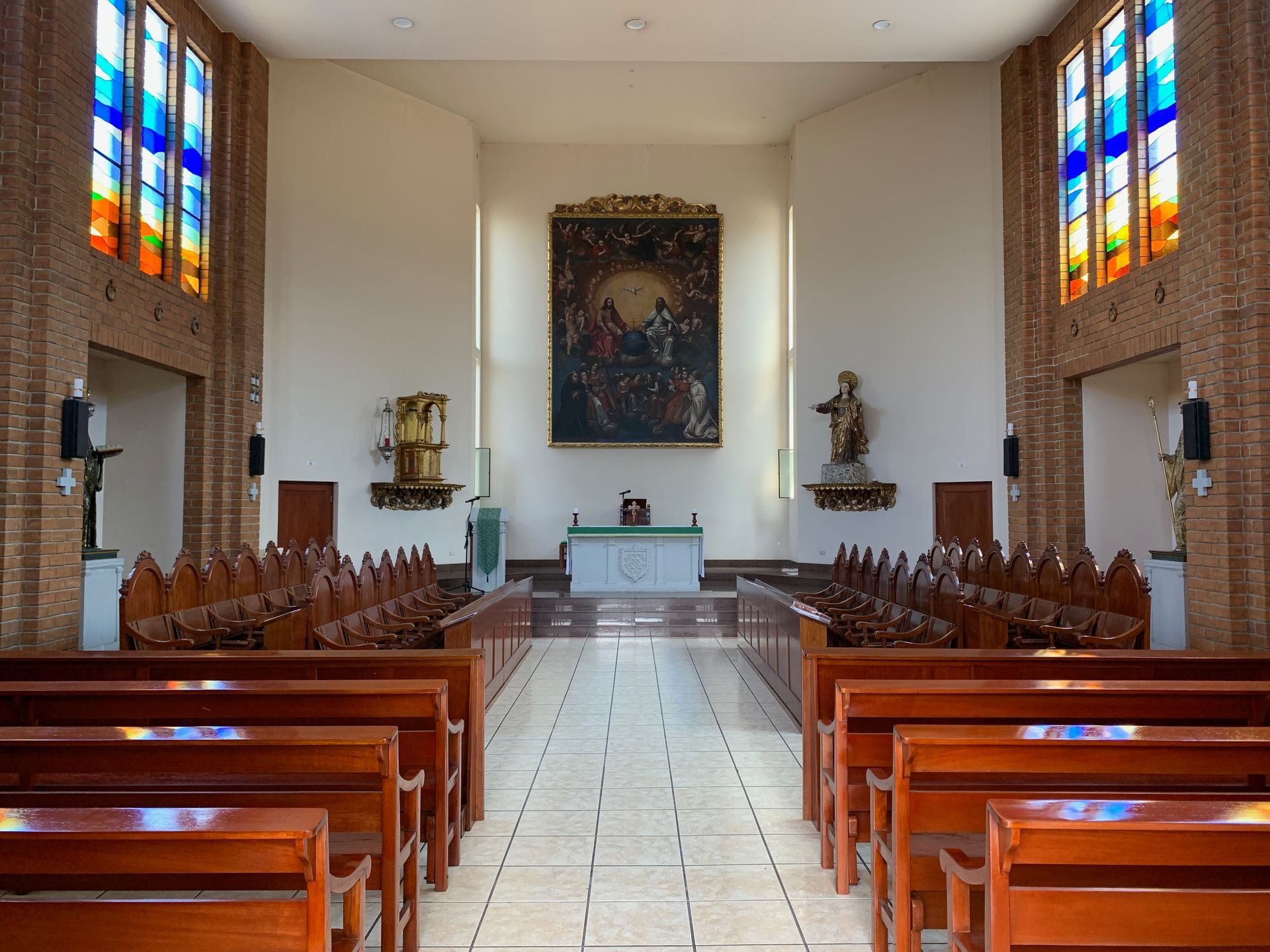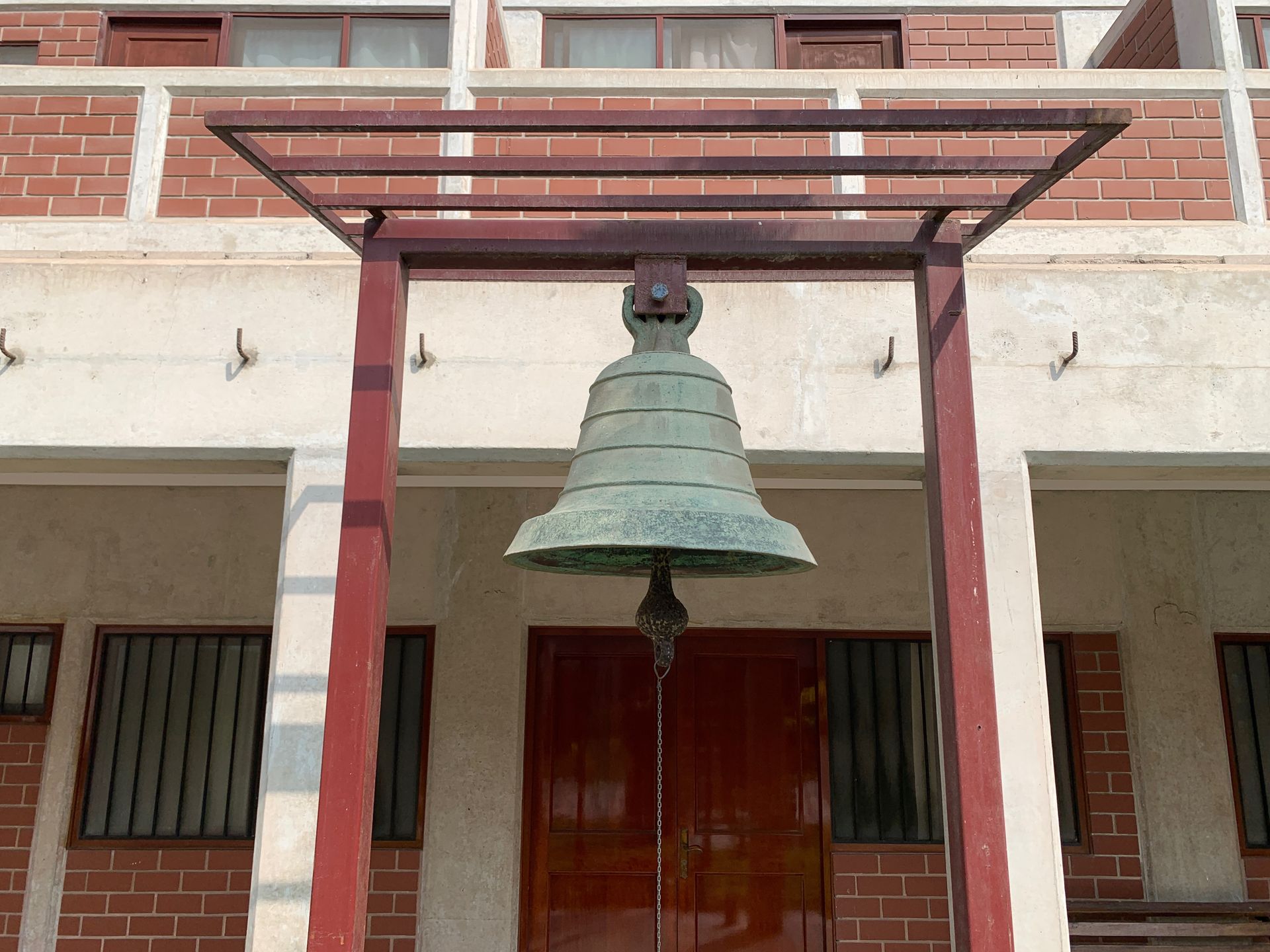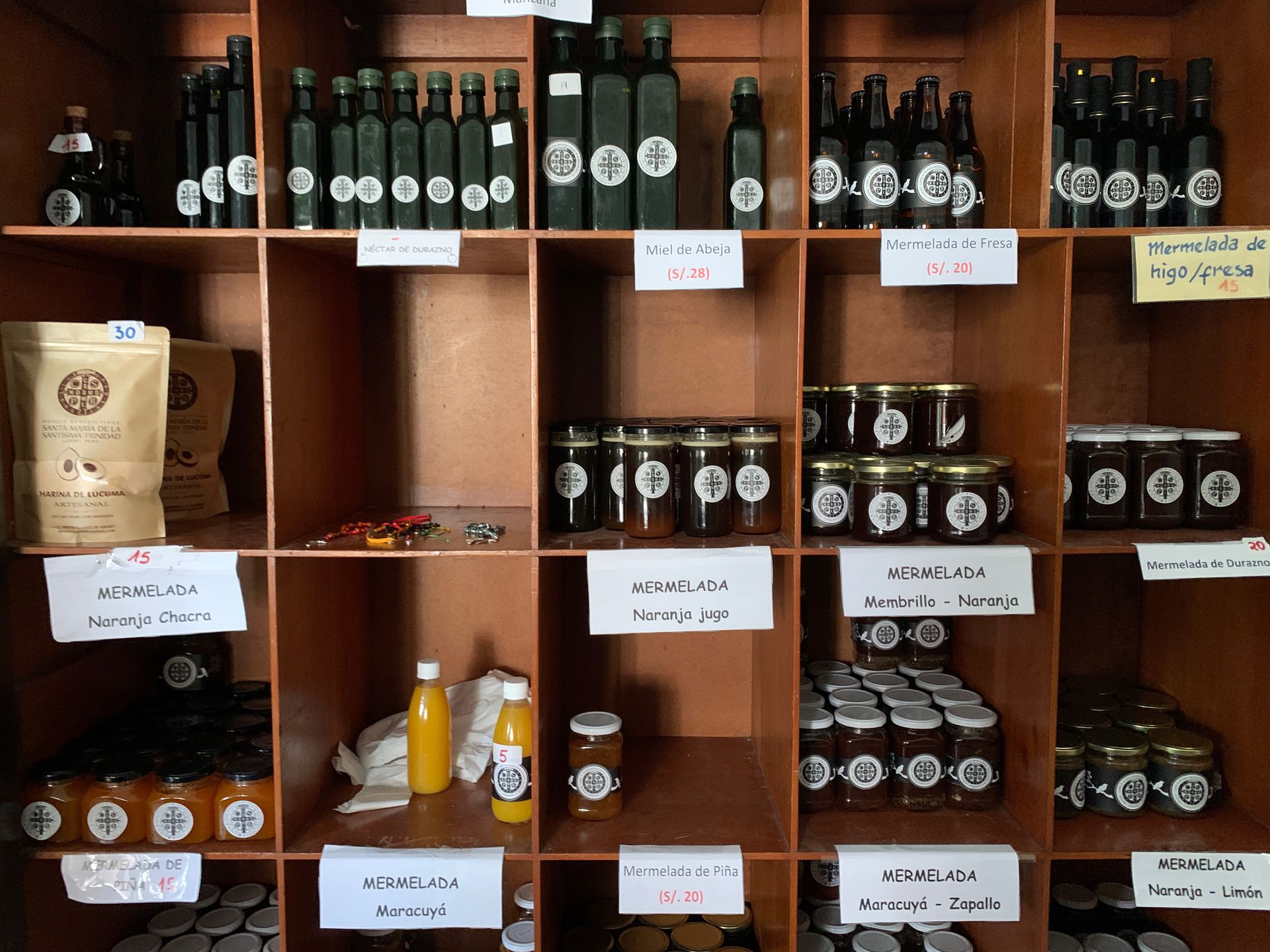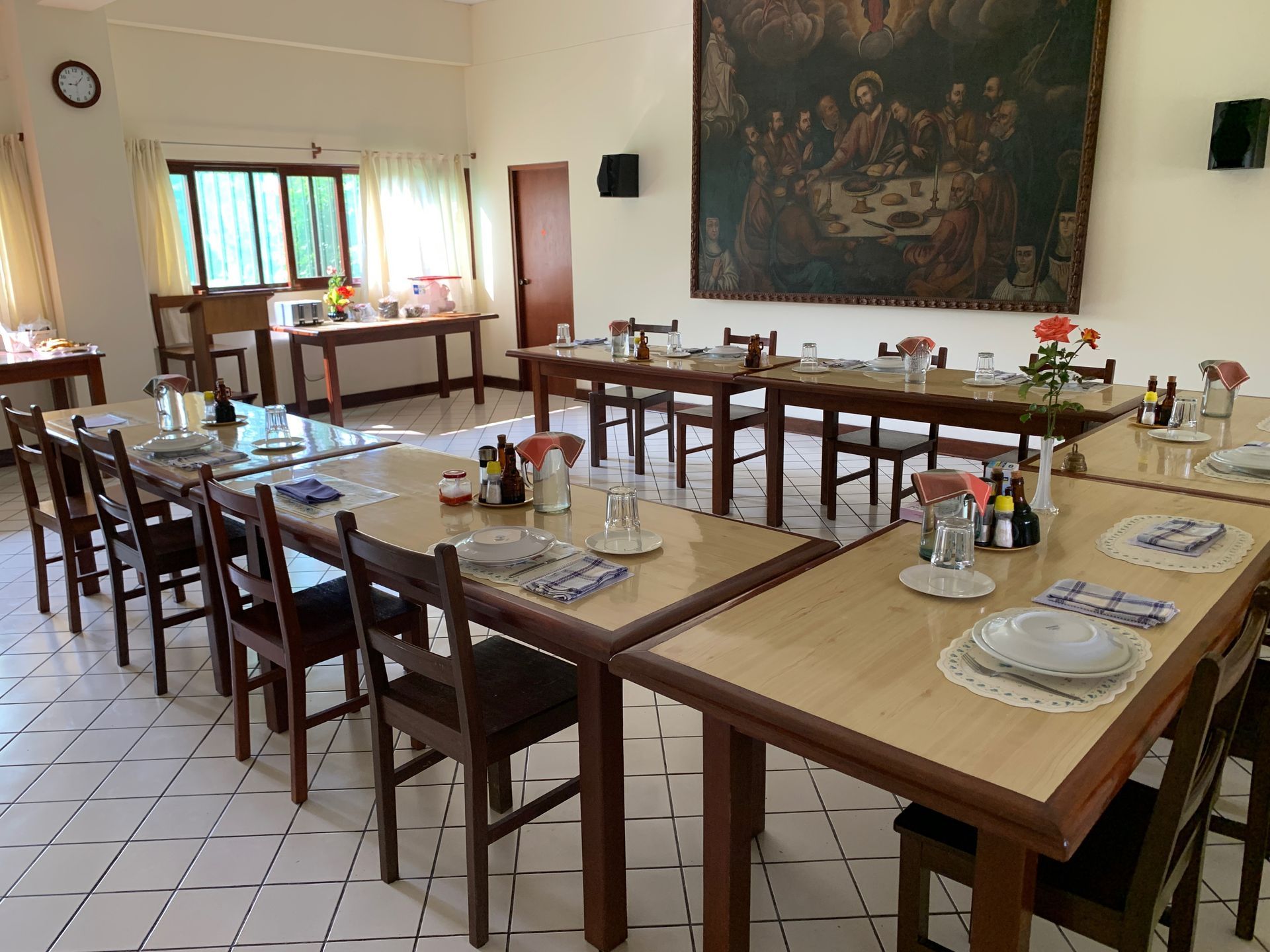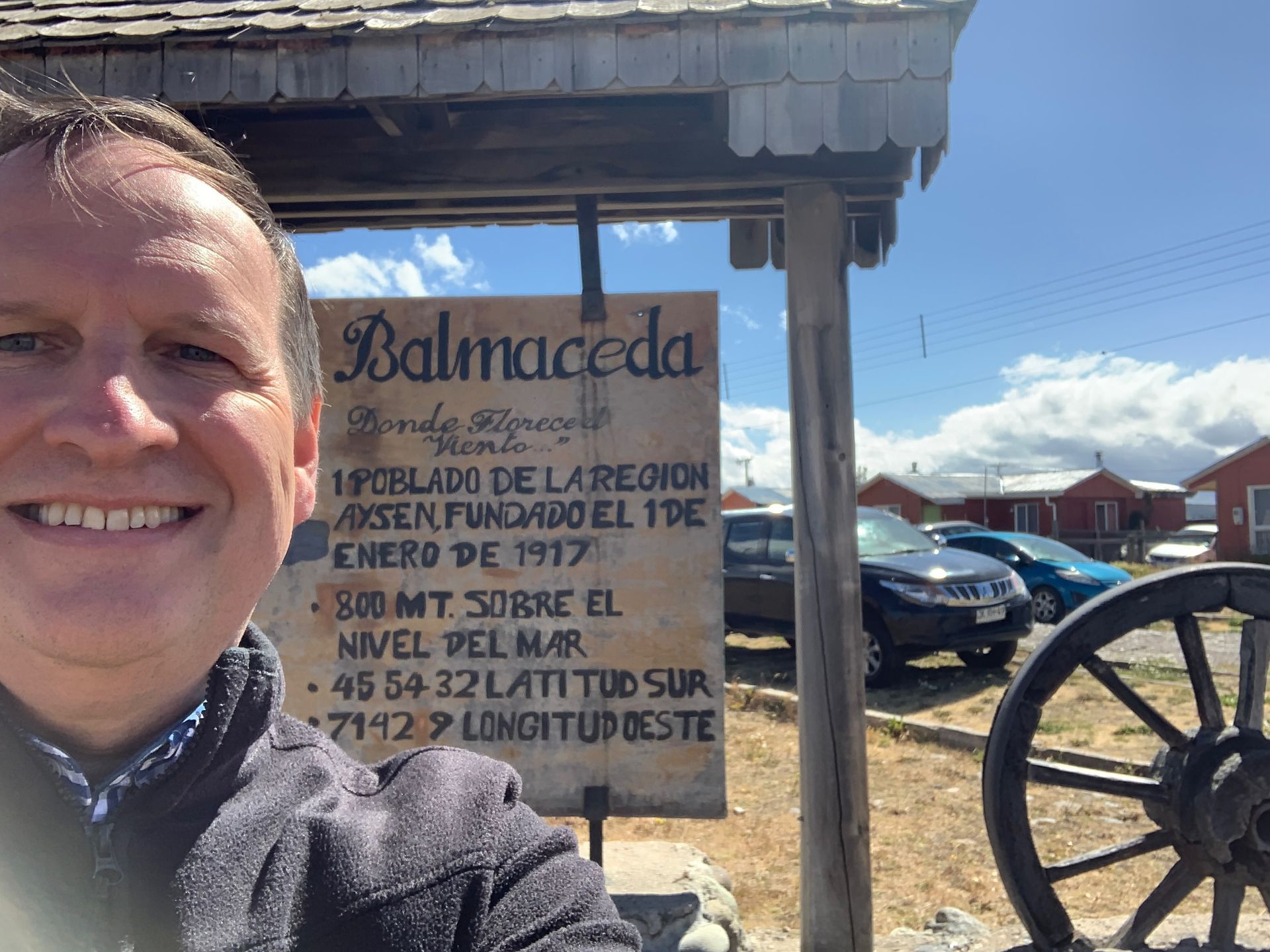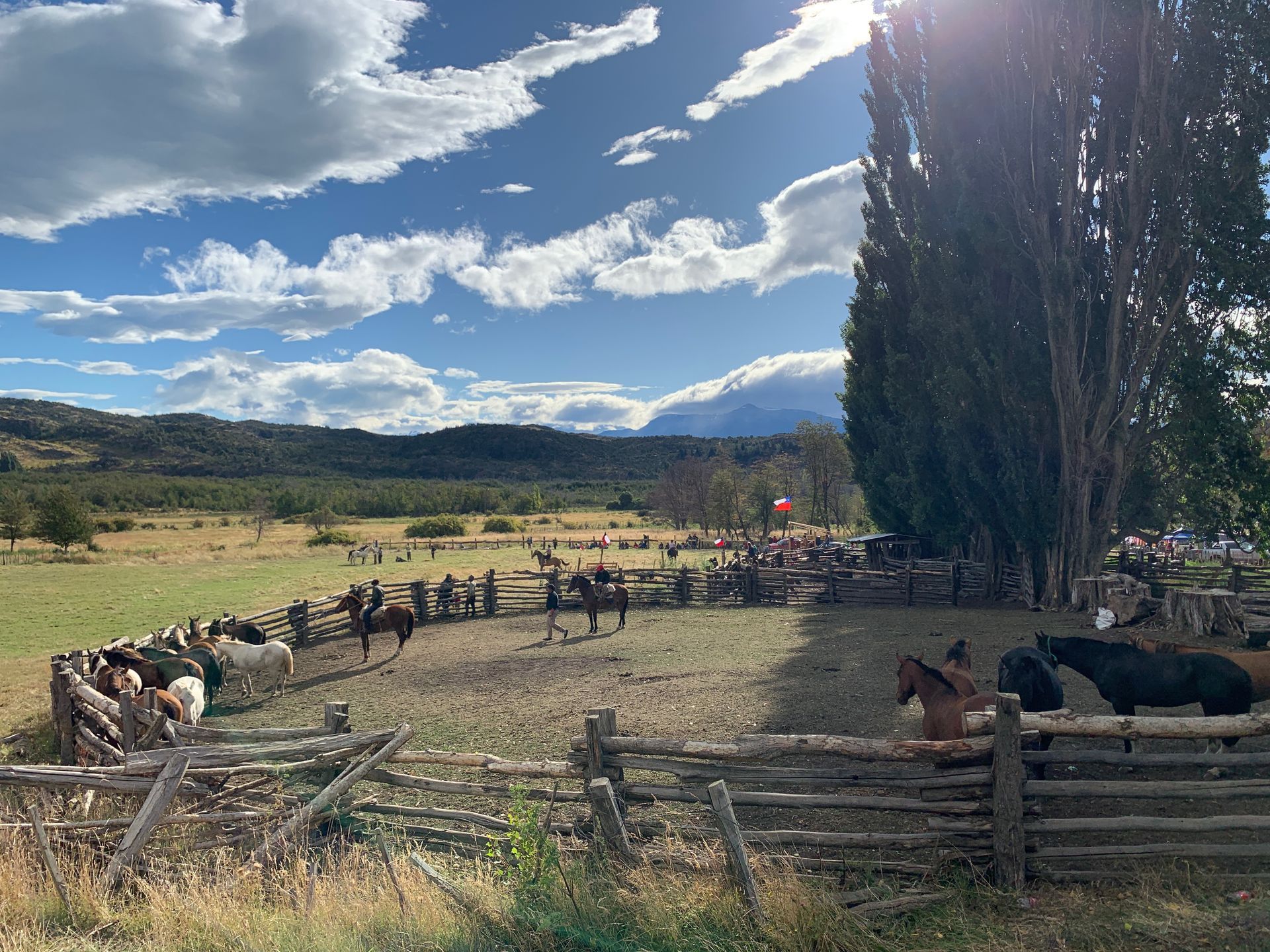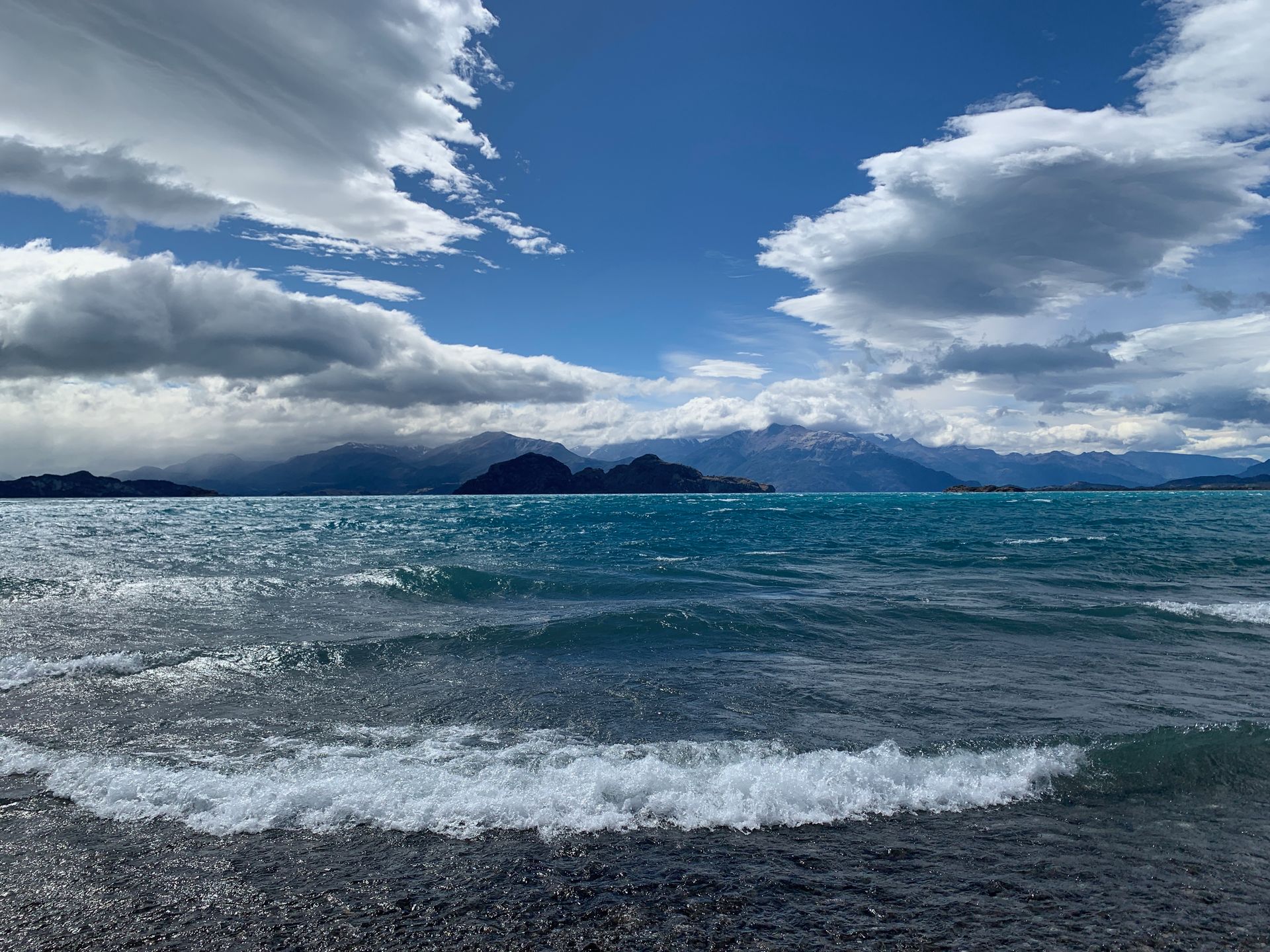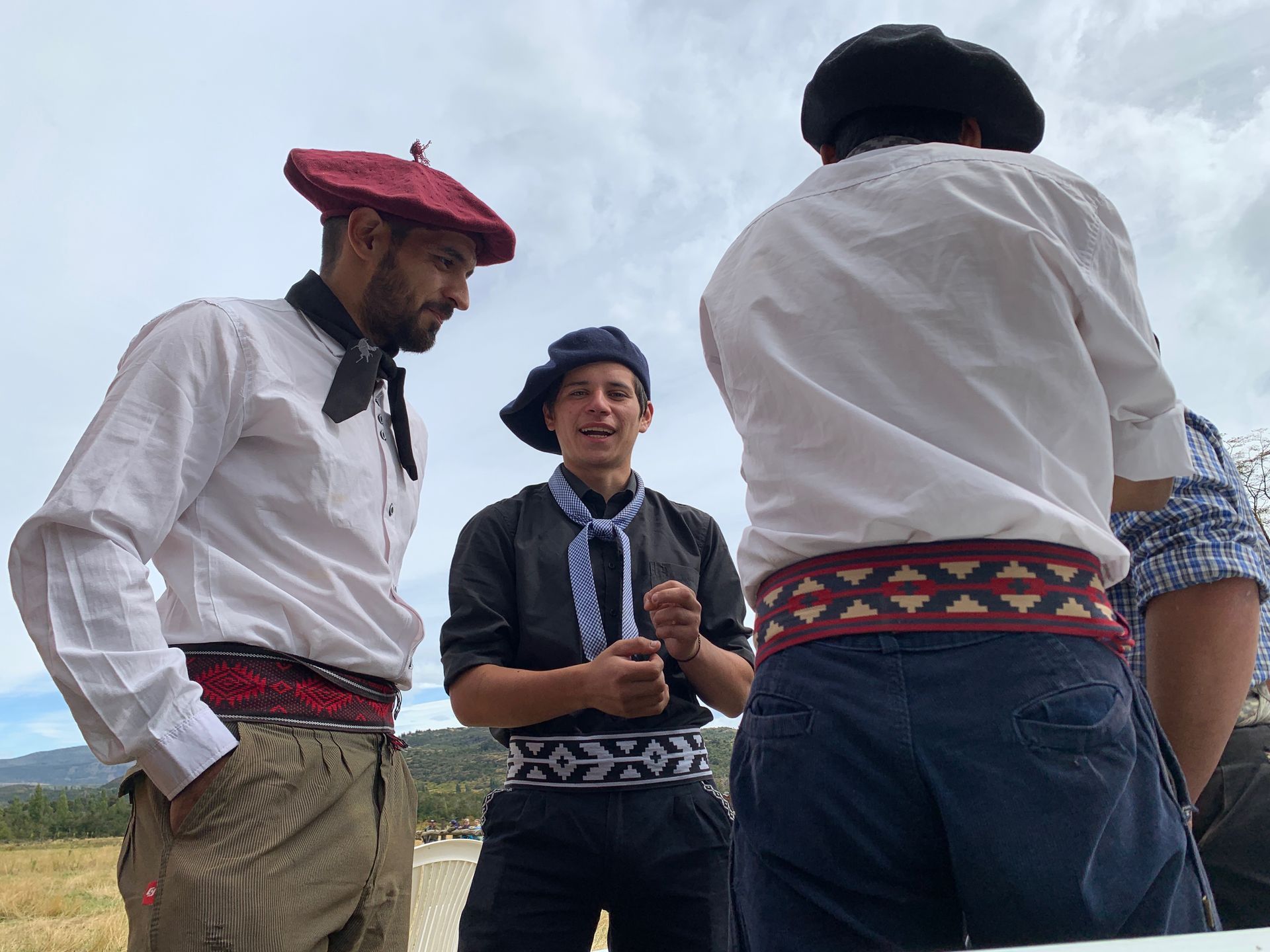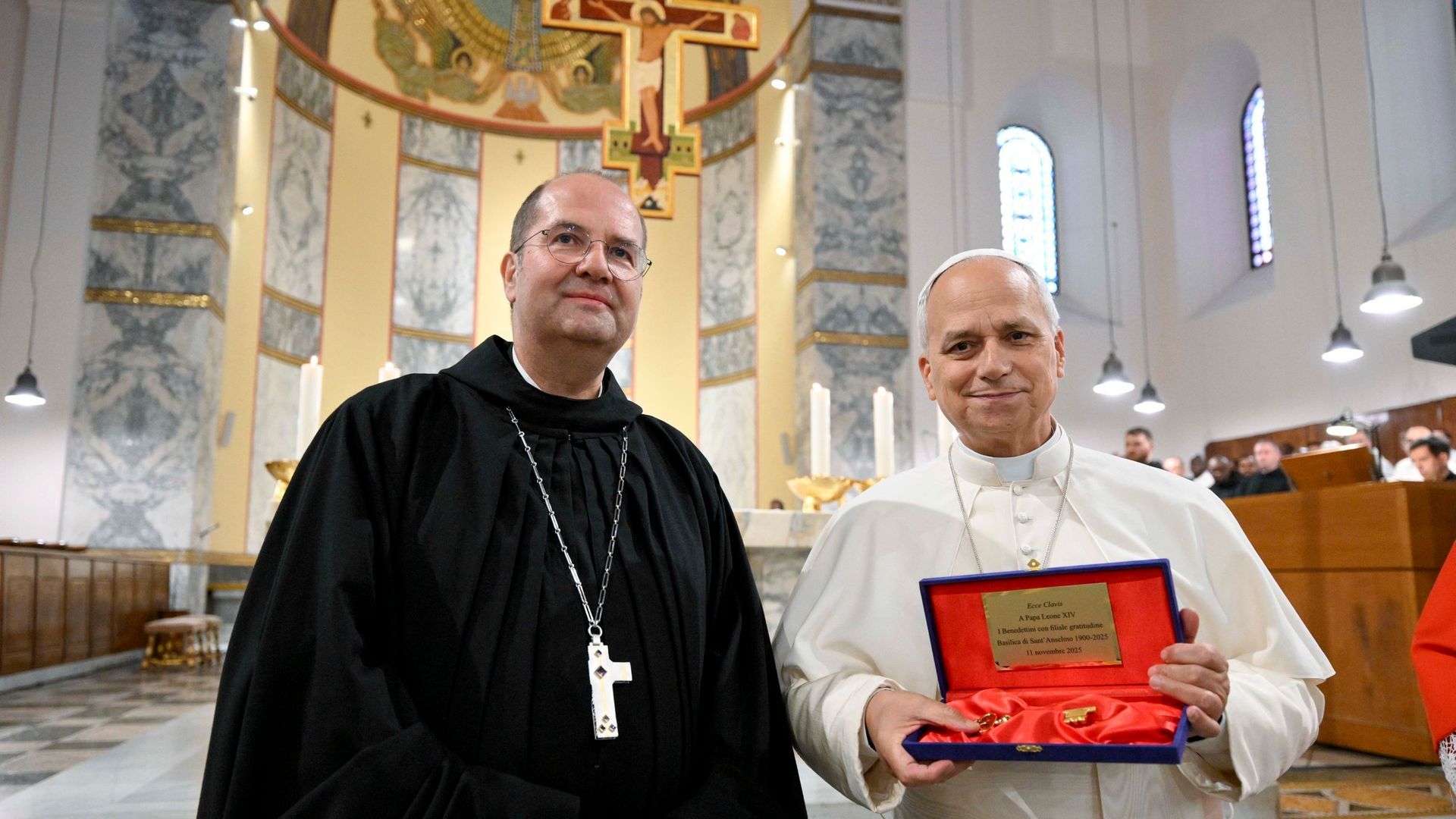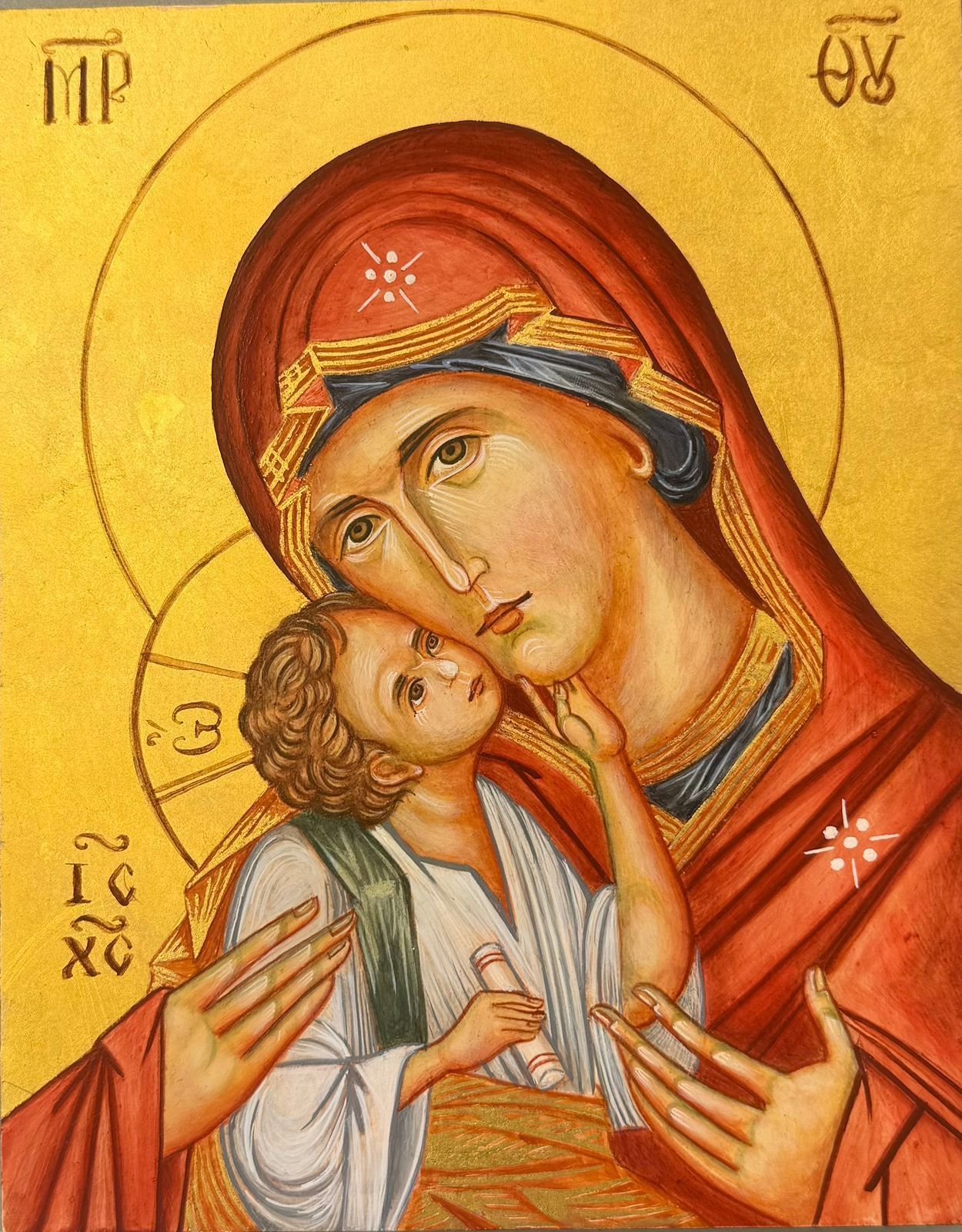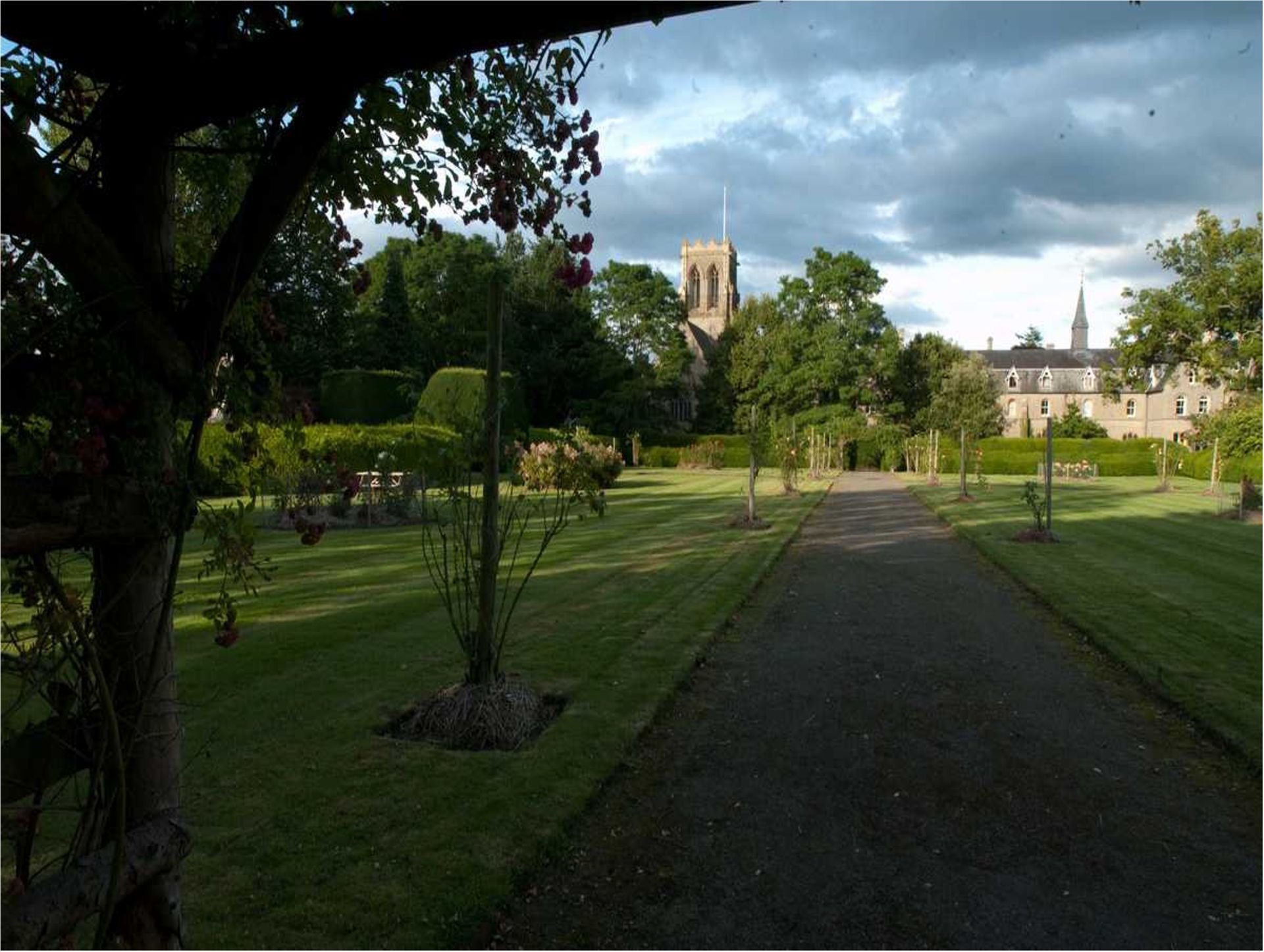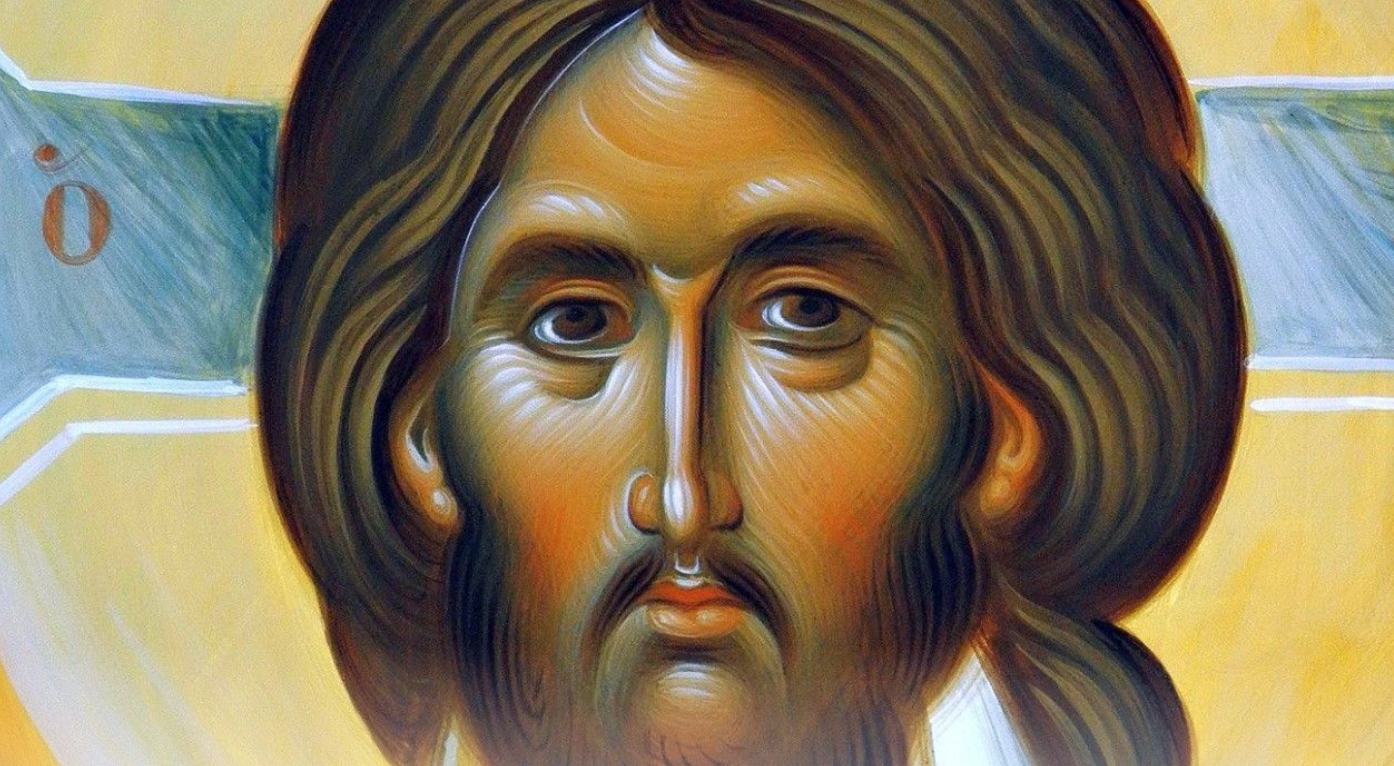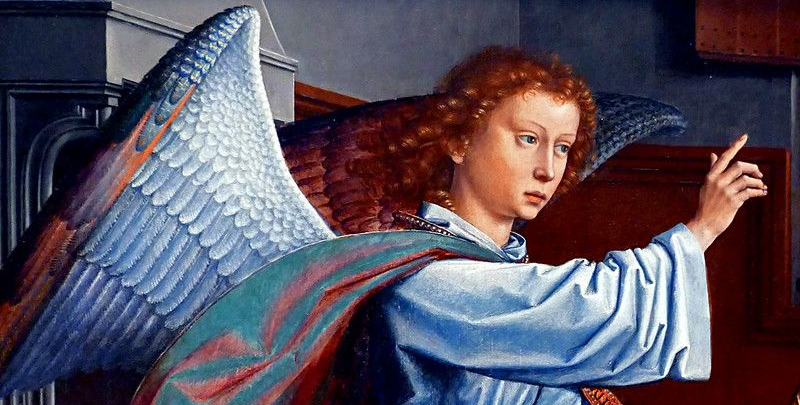Visit to Peru and Chile
This visit had been a long time coming. I have got to know many of the monks over the years through their visits to Britain, but this was my first chance to be with them in their monastery just south of Lima. I jumped at the opportunity when it came.
The main purpose of the visit was to Peru, and I travelled with another monk, Fr Cuthbert, from St Louis Abbey in the United States. But we were also invited down to Chile.
We had a good introduction to Peruvian history and culture. Fr Cuthbert knew the US cultural attaché (an old school friend) so we were able to meet archaeologists working on various sites, including the sacred city of Caral, at 5000 years old it is the oldest city in the Americas and developed at the same time as other great cultures in Mesopotamia, Egypt and China. Their pyramids are older than those in Egypt. We also visited Lima and the shrines to St Rose of Lima and St Martin the Porres.
At the monastery it was really wonderful to be with our brothers, to see the monastery and share their life. They work very hard producing all sorts of goods for sale to earn a living - from incense, mango juice jams and cider, as well as their very popular panettone. I also delivered some babies clothing from a Hereford parishioner to a local orphanage. The community help out poor local families around the monastery.
At the end of our stay in the monastery we took time off to visit the city of Cusco in the Andes. It’s the highest place I’ve been on earth, at over 3300 m above sea level. Altitude sickness tablets and mate de coca help to acclimatise. That was my favourite place in Peru. We went to Mass at the cathedral, in a mixture of Spanish and the local language Quechua. It reflected the inheritance of the city, part Spanish Colonial, part Inca. It was very moving to see the faith and devotion of the people expressed in the churches full of beautiful statues that on feast days are carried around the city. From Cusco we travelled to Machu Picchu, to see the remains of that great city of the Incas.

After saying our farewells, we took a three-and-a-half-hour flight to Santiago in Chile and we went to staying in a house in the countryside for a series of meetings with the Manquehue movement – lay communities that follows the rule of Saint Benedict. They are a really dedicated group - they run three schools, where lectio divina, praying of the Scriptures, is a regular part of school life. It was good to be together to talk, pray and enjoy each other’s company.
We then headed down to Patagonia. It was quite remote – three-hour flight and a six hour drive on unpaved roads from the airport along the Argentinian border.
There two communities – one of men, one of women - have no electricity but live close to the earth. From early morning they pray the Divine Office and spend an hour each day studying and praying the Scriptures. They were such an edifying group, full of warmth, joy and love that I felt very invigorated. I helped them on the farm manuring on the vegetables. It was a good place to start to Lent, a reminder that Lent is about getting back to basics! I learnt a lot being there with them.
There was much fun too. The landscape was extraordinary, we cooked lunch on a fire by the lake, and went to the local gaucho festival, part rodeo, part tango!
The Manquehue Movement have a special association with our English Benedictine Congregation. They follow the Rule of St Benedict whether in their remote and rural communities in Patagonia through their work running schools (3 large schools in Santiago with some 6,000 pupils). Our purpose there was to share ideas about formation - which has been one of my main works for the last twenty years at Belmont and the worldwide Benedictine Confederation.
